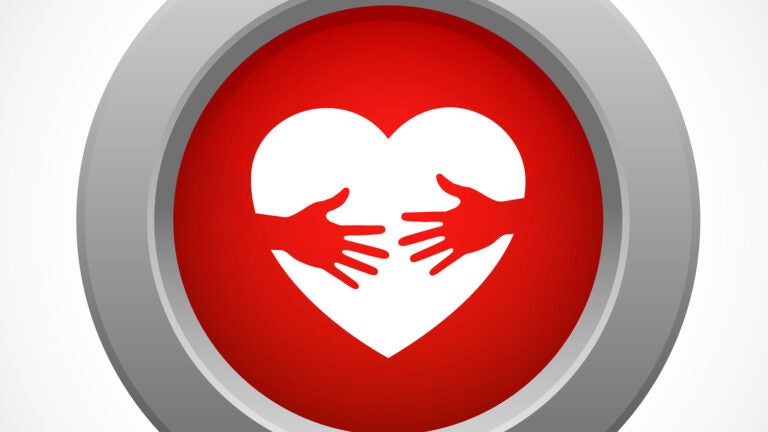
Love motivates us to support charities in far-off lands, according to USC Marshall researchers. (Photo/istock)
Love makes the world of giving go ’round
USC Marshall team studies love, compassion, hope and pride, finding that only one of those emotions boosts charity for international causes
When it comes to charitable giving, it’s only natural that we think of causes in our own backyard: the local elementary school, animal shelter or polluted river, for example.
But when it comes to calls for charity in distant lands, only one emotion motivates us to give, according to new research out of the USC Marshall School of Business: love.
Lisa Cavanaugh, assistant professor of marketing at USC Marshall and an expert in consumer psychology, along with James Bettman and Mary Frances Luce of the Fuqua School of Business at Duke University, presented their findings in “Feeling Love and Doing More for Distant Others,” published in the Journal of Marketing Research.
“The emotional state of potential donors does not simply influence whether they give but, more specifically, to whom they give — close versus distant others,” Cavanaugh said. “Marketers often use positive emotions interchangeably, but it turns out that is not the most effective strategy for producing desired results.”
Cavanaugh and colleagues studied four positive emotions regularly experienced by consumers: love, hope, compassion and pride.
Second that emotion
The researchers defined love in terms of feelings of warmth and affection toward close, platonic others, like family and friends. They defined hope in terms of feelings that an expenditure of energy or effort could result in achieving a valued positive change. Pride was defined as feelings of personal responsibility for achieving a valued positive outcome. Compassion, the researchers explained, involves both love and sadness in motivating the desire to help others.
In a series of studies, Cavanaugh and colleagues looked at the differential effects that those four emotions had on priorities and charitable contributions. First, they confirmed that positive emotions generally increase contributions to close others relative to a neutral emotional state. Next, they found that only love increased contributions to distant others, such as refugees.
Love, actually
Although love, hope and pride generate positive feelings, love is distinct from hope and pride in that it also generates a sense of social connection, enhancing consumers’ propensity to feel caring and exhibit concern toward others, even those others to whom they are not related, Cavanaugh found.
Compassion also enhances social connection, but was not as effective in promoting giving to international charities, according to the researchers.
Compassion produces both positive and negative feelings.
Lisa Cavanaugh
“Compassion produces both positive and negative feelings,” Cavanaugh said.
The sorrow that goes along with witnessing another’s suffering helps explain why photos of sad-faced children can increase giving, but does not necessarily motivate people to give in situations where the needy are further removed from them.
Cavanaugh pointed out it is not the case that love is universally better at motivating all kinds of giving. Rather, for close others or local charities, the broader set of positive emotions was equally effective.
The study’s findings also have broader implications.
“The breadth of one’s sense of social connection to others matters not only within the context of charitable giving,” Cavanaugh said, “but also for public policy initiatives, university fundraising and companies introducing new brands, particularly when the beneficiary or product is less familiar to them.”



